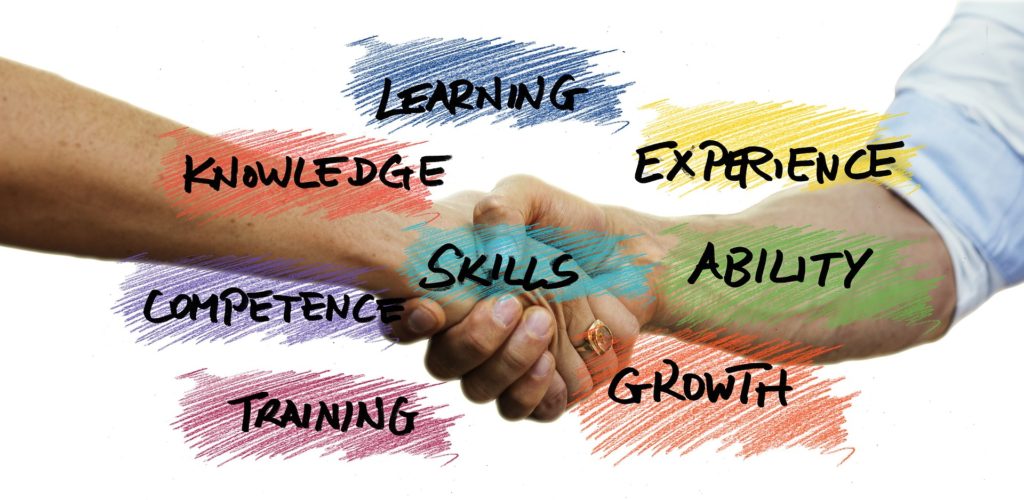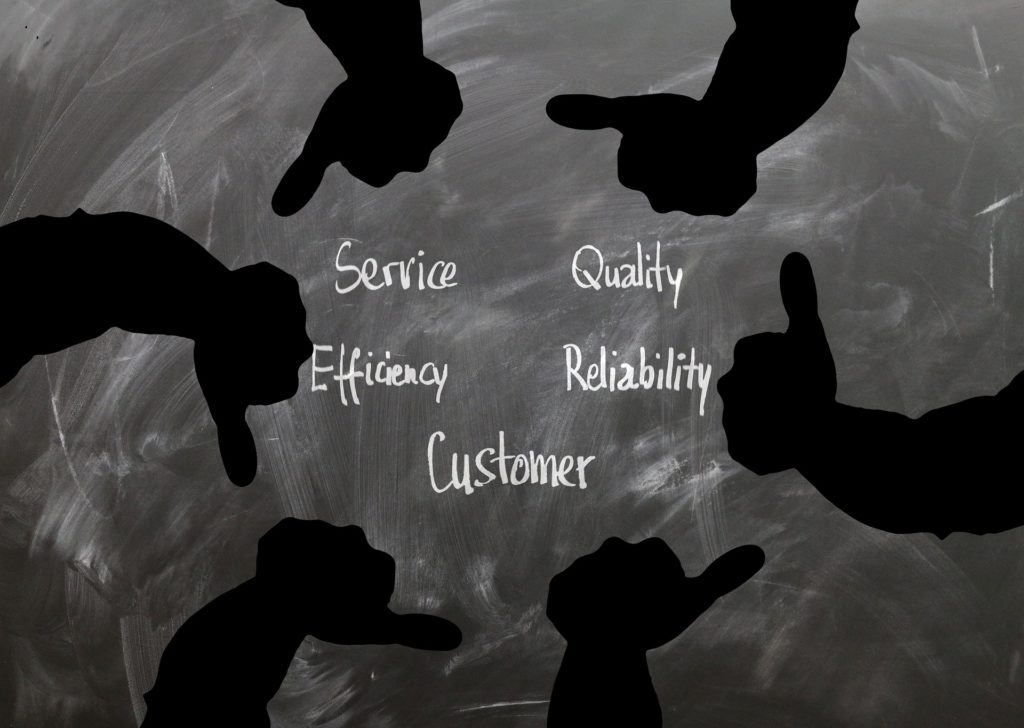First Published: 28 March 2023The Importance of Staff Training
Are you struggling to provide consistent, high-quality service in your restaurant? Investing in staff training programs could be the solution to your problems. The importance of staff training in your restaurant should never be underestimated. Proper staff training can improve customer satisfaction, increase sales and profits, and reduce employee turnover.
Staff training programs are a wise decision that can benefit both employees and customers. It can lead to a more knowledgeable and skilled staff, better service and products, and ultimately, a more successful business.

In this article, we will discuss the benefits of restaurant staff training programs, different types of training programs, and how they can help you run a successful restaurant.
Take action and start implementing training programs in your restaurants. By doing so, you can set yourself up for long-term success and growth in an increasingly competitive industry.

Benefits of Restaurant Staff Training Programs
Improved Customer Service:
Well-trained restaurant staff can provide excellent customer service, which is the key to maintaining customer loyalty. When customers feel they are being taken care of, they are more likely to return to the same restaurant again. Good customer service leads to positive word-of-mouth, which means more business and restaurant revenue.
Consistency in Food Quality and Service:
Training programs can ensure that all staff members follow the same food quality and service standards. This consistency across different shifts and locations makes it easier for customers to know what to expect when they visit the restaurant.
Increased Employee Engagement and Motivation:
When staff members receive training and have the opportunity to develop their skills, they feel more engaged and motivated in their jobs. This leads to better job satisfaction and lower turnover rates, as employees are more likely to stay with the restaurant long-term.
Boosted Sales and Revenue:
Effective training programs can help staff members upsell items on the menu, increase the average check size, and generate more revenue for the restaurant. When staff members have the knowledge and skills to suggest add-ons or specials to customers, this increases sales and profits.
Reduced Costs and Waste:
Training programs can also help staff members learn to be more efficient and reduce waste. For example, if staff members are well-trained to portion food correctly, it can help reduce food waste and save the restaurant money.

Types of Restaurant Staff Training Programs
Onboarding and Orientation:
Onboarding and orientation training is the first training program new employees receive when they start working at a restaurant. This training aims to introduce new employees to the restaurant’s culture, values, and policies. It covers the basics of working at the restaurant, such as clocking in and out, dress code, and safety procedures. The goal of onboarding and orientation training is to help new employees feel welcome and confident in their new roles.
Job-specific Training:
Job-specific training focuses on skills employees need to perform their specific job duties. For example, the kitchen staff would receive job-specific training on food preparation, cooking techniques, and kitchen safety. Server staff would receive training on menu knowledge, taking orders, and serving food and drinks. The main aim of job-specific training is to ensure that employees have the knowledge and skills they need to perform their job duties effectively.
Customer Service Training:
Customer service training teaches employees how to interact with customers in a friendly, professional, and helpful. This training covers all the elements of customer service like greeting customers, taking orders, handling complaints, and making recommendations. The goal of customer service training is to ensure that customers have an exceptional experience when they dine in your restaurant.
Food safety and hygiene training:
Food safety and hygiene training teaches employees about the proper handling, preparation, and storage of food. This training covers things like handwashing, cross-contamination, and proper food storage temperatures. The goal of food safety and hygiene training is to ensure that the restaurant is following all best practices for all the food safety and hygiene regulations in the UK to ensure customers are not at risk of getting sick from the food they eat.
6 Amazing Duties And Responsibilities Of A Restaurant Manager
Best Restaurant Training
Leadership and Management Training
Leadership and management training is designed for employees in leadership positions such as managers and supervisors. The best restaurant training is aimed at developing essential skills such as effective communication, problem-solving, and decision-making.
The objective of leadership and management training is to equip employees with the skills necessary to manage a restaurant successfully and lead their teams to success.
To implement the best restaurant training programs in a restaurant, the following tips and best practices should be considered:
Identify training needs and goals: The first step is to identify the specific skills and knowledge that staff need to improve on, and the outcomes you hope to achieve through the training program. For instance, if the staff are struggling with customer service, improving customer satisfaction ratings through customer service training could be a set goal.
Create a comprehensive training plan: After identifying training needs and goals, create a comprehensive training plan that includes the topics to be covered, methods and materials needed and the timeline for the training program. Include both in-person training sessions and online training materials to accommodate different learning styles.
Choose the right training methods and materials: It is crucial to choose the appropriate training methods and materials for the training program. A mix of hands-on training, online courses, and video tutorials can keep the training engaging and effective. Ensure that the training materials are relevant to the specific skills and knowledge being imparted.
Provide ongoing support and feedback: Training is an ongoing process, and it is essential to provide continuous support and feedback to staff. Encourage them to ask questions and seek clarification if unsure about a topic. Regular check-ins to monitor their progress and offer feedback on their performance will help staff feel supported and motivated throughout the training program.
Share examples of successful implementation and outcomes: Sharing successful implementation and outcomes with staff can help keep them engaged in the training program. For instance, sharing stories of how other restaurants have improved their customer service ratings through training programs can motivate staff.

Related articles:
Restaurant Staff Are Happy And Productive
6 Amazing Duties And Responsibilities Of A Restaurant Manager
Conclusion
Investing in staff training programs can benefit both employees and customers, leading to a more knowledgeable and skilled staff, better service and products, and a more successful business.
Implementing effective staff training programs in a restaurant can be a key factor in achieving long-term success and growth. By identifying training needs and goals, creating a comprehensive training plan, choosing the right training methods and materials, providing ongoing support and feedback, and sharing examples of successful implementation and outcomes, restaurants can improve customer satisfaction and loyalty, increase sales and profits, and reduce employee turnover.
How To Make Sure Your Restaurant Staff Are Happy and Productive
FAQ’s
Which type of training is most important for a restaurant server?
The most important training for restaurant servers is providing great customer service. This means knowing how to interact with customers politely, handle tricky situations, and ensure everyone has a pleasant dining experience. Additionally, servers should be trained in menu knowledge, order taking, and safe food handling to ensure efficiency and safety.
How do you train restaurant staff effectively?
Effective restaurant staff training involves a mix of hands-on experience and theoretical learning. Start with a comprehensive orientation that covers the restaurant’s values, menu, and safety protocols. Pair new staff with experienced mentors for shadowing so they can learn by observing. Regularly conduct role-playing scenarios to improve customer service skills and organize workshops to keep staff updated on menu changes or new service techniques. Continuous feedback and constructive criticism are also vital for ongoing improvement.
How do restaurants succeed?
Restaurants succeed by consistently delivering high-quality food and exceptional customer service. Success also depends on effective management, maintaining cleanliness and safety, marketing to attract and retain customers, and adapting to changing market trends. Building a solid brand and developing a loyal customer base is critical to long-term success.
What is the most successful restaurant business?
The most successful restaurant businesses are typically those that can scale efficiently, such as fast-food chains. McDonald’s is a prime example, having become one of the most successful and recognizable restaurant brands worldwide. Its success is attributed to a consistent menu, efficient operations, strategic global expansion, and strong brand recognition. However, success can vary depending on the market, with fine dining, casual dining, and fast-casual segments also housing highly successful businesses depending on location and customer preferences.
11 Top Restaurant Secrets You Need To Know To Increase Restaurant Sales And Profits


